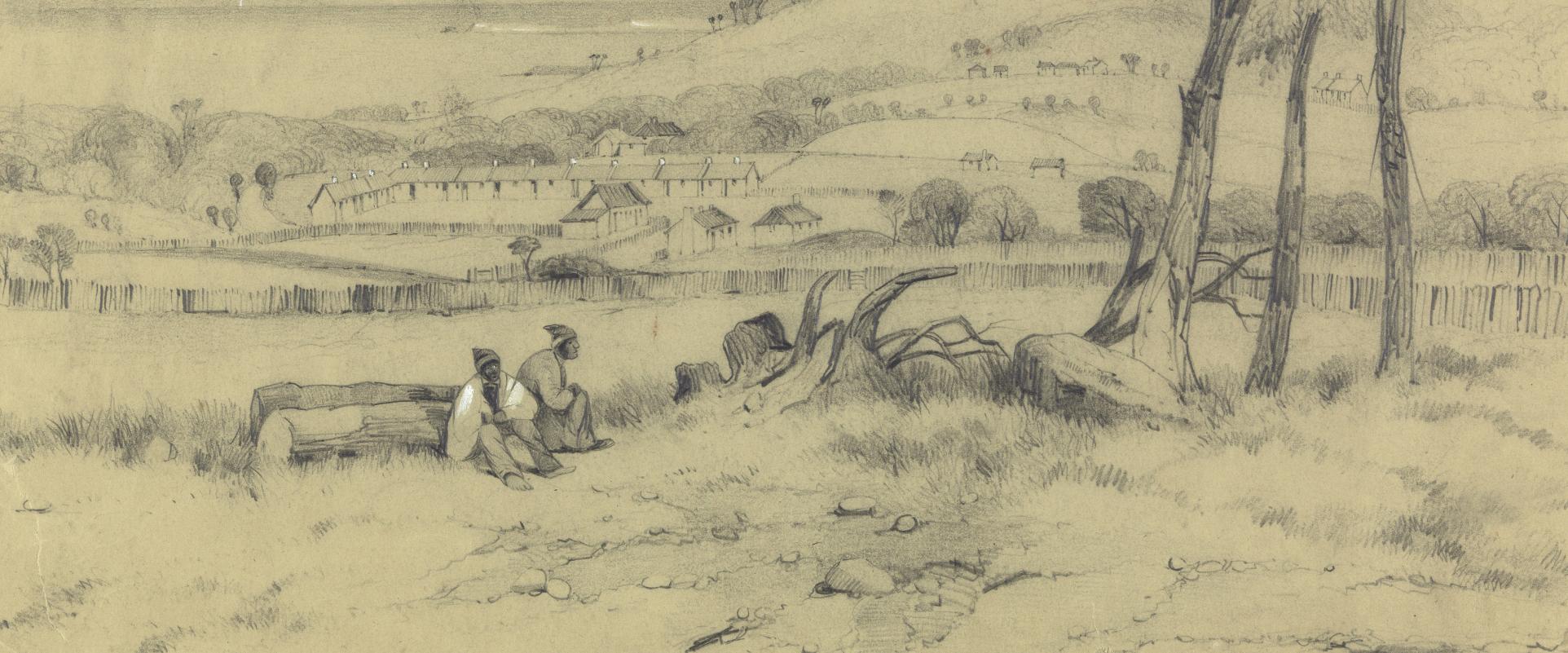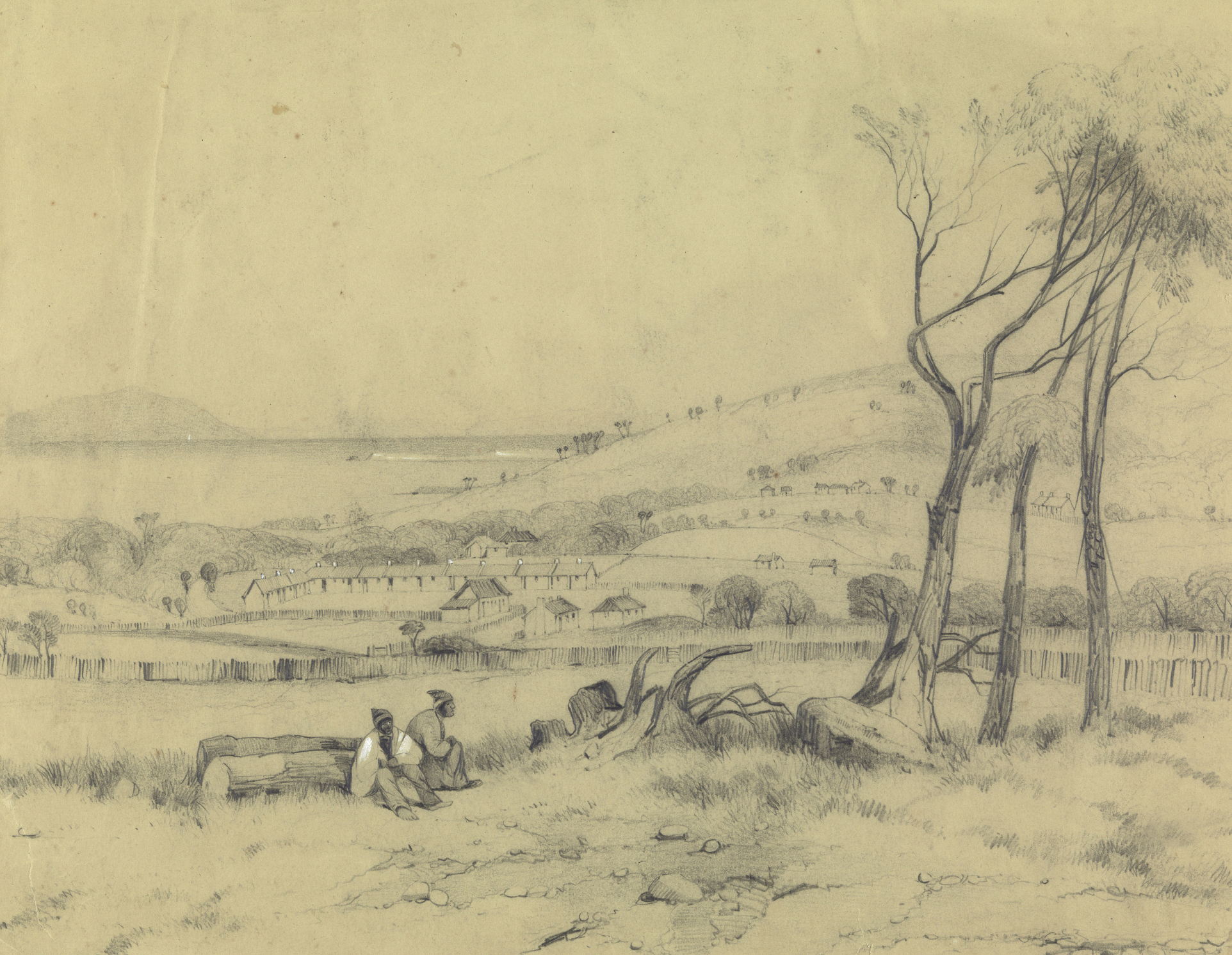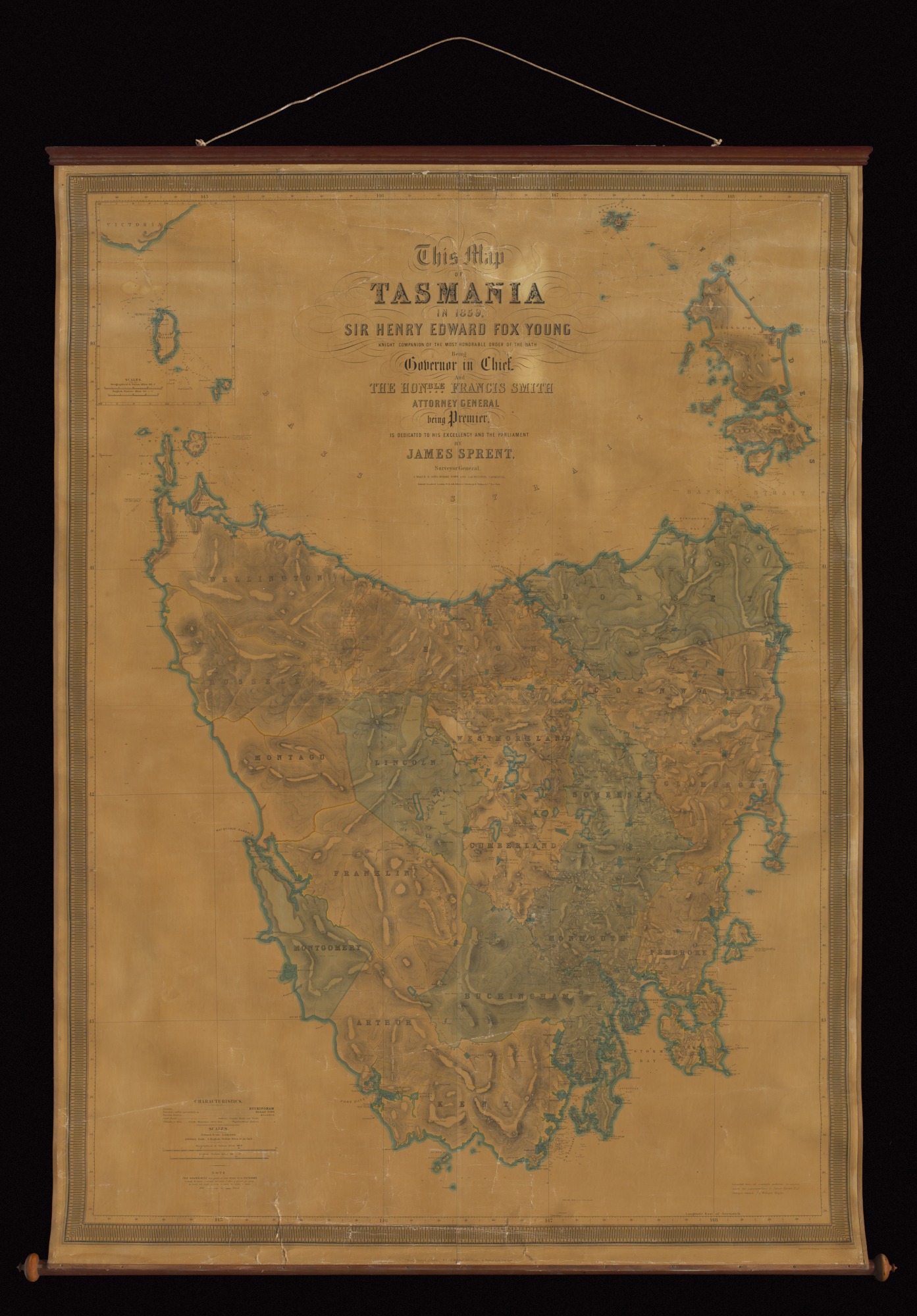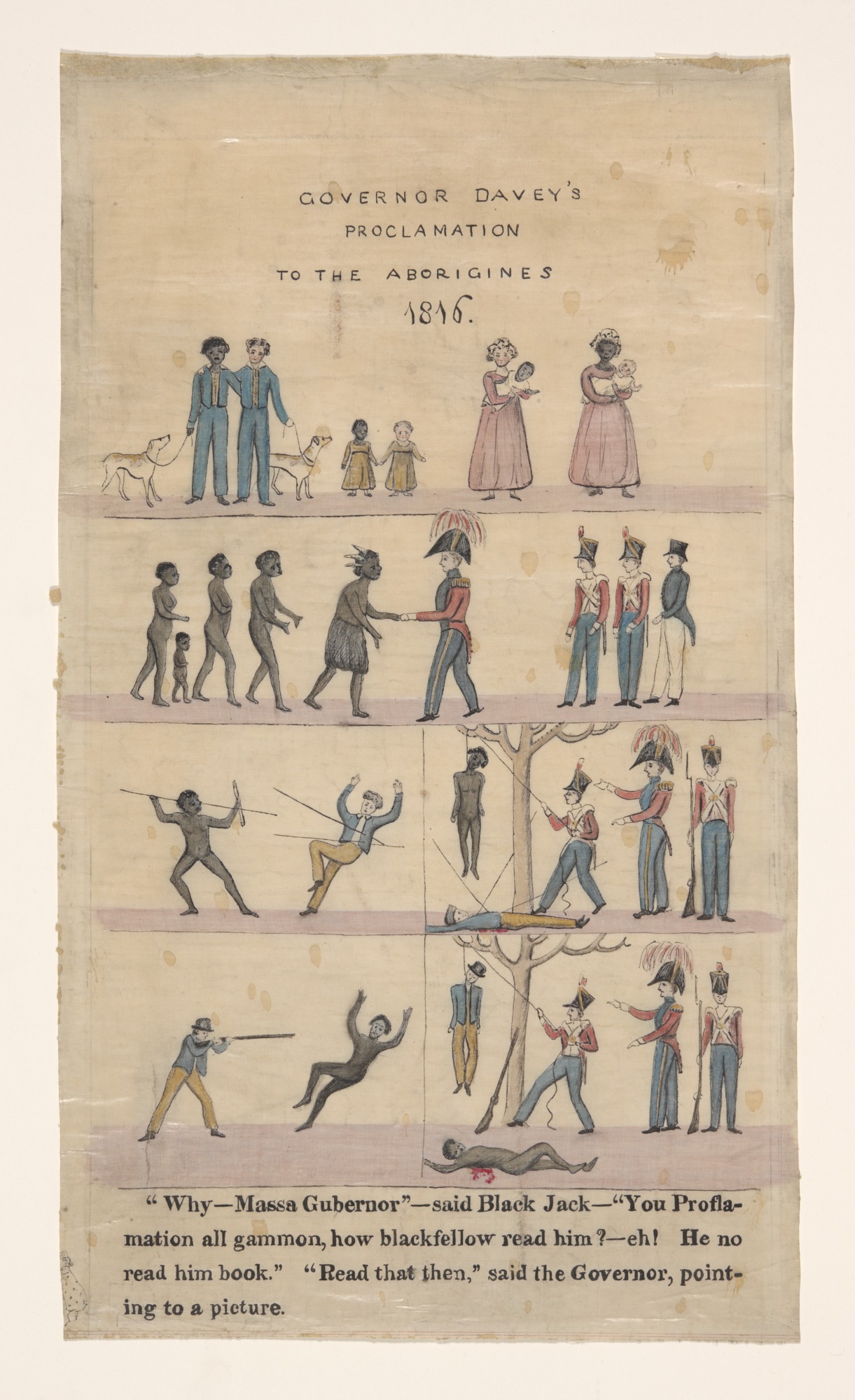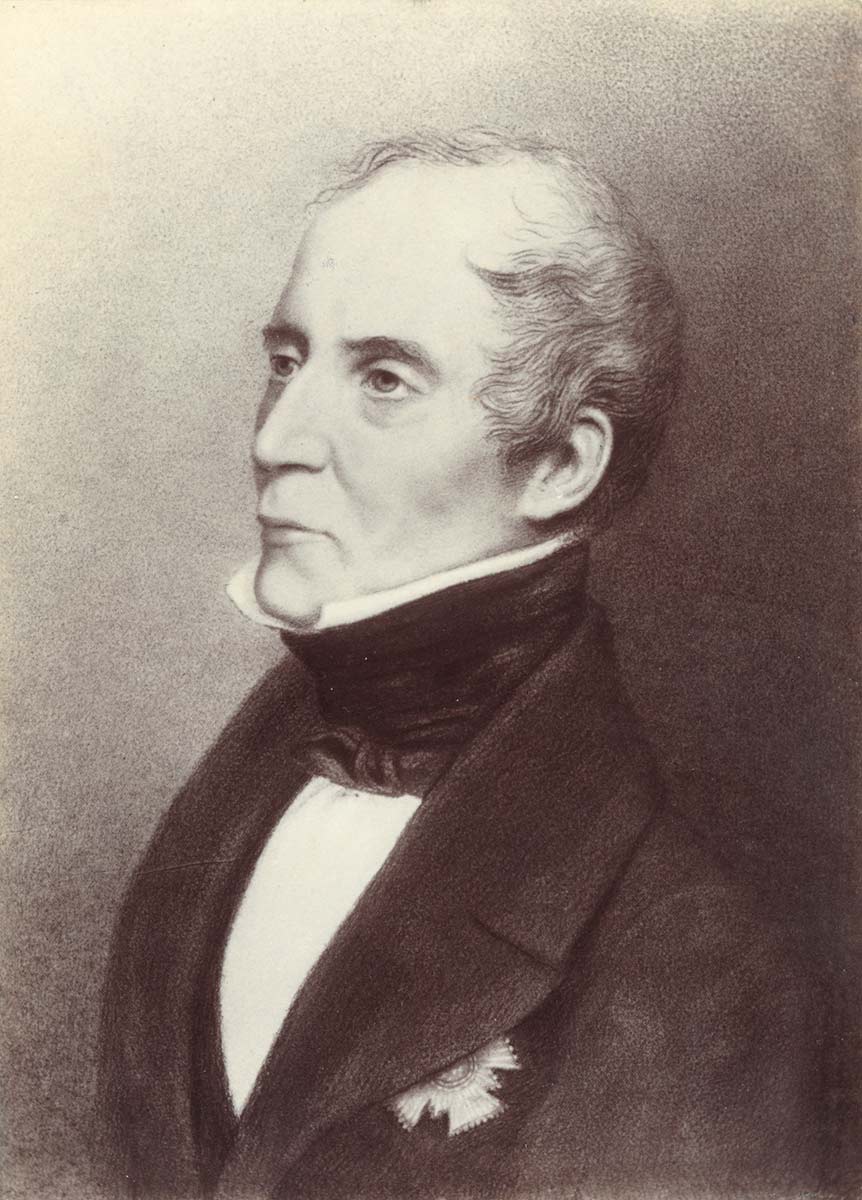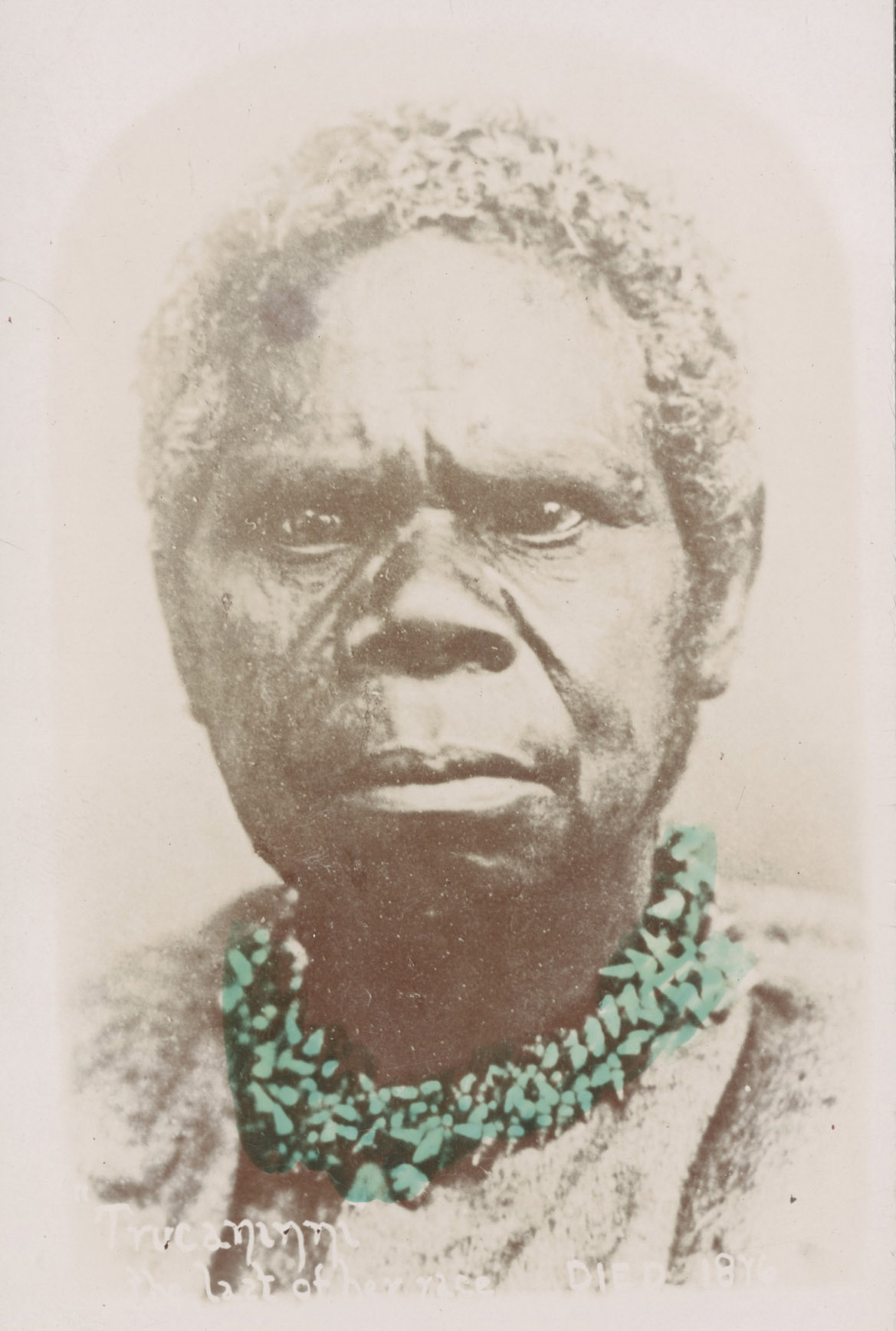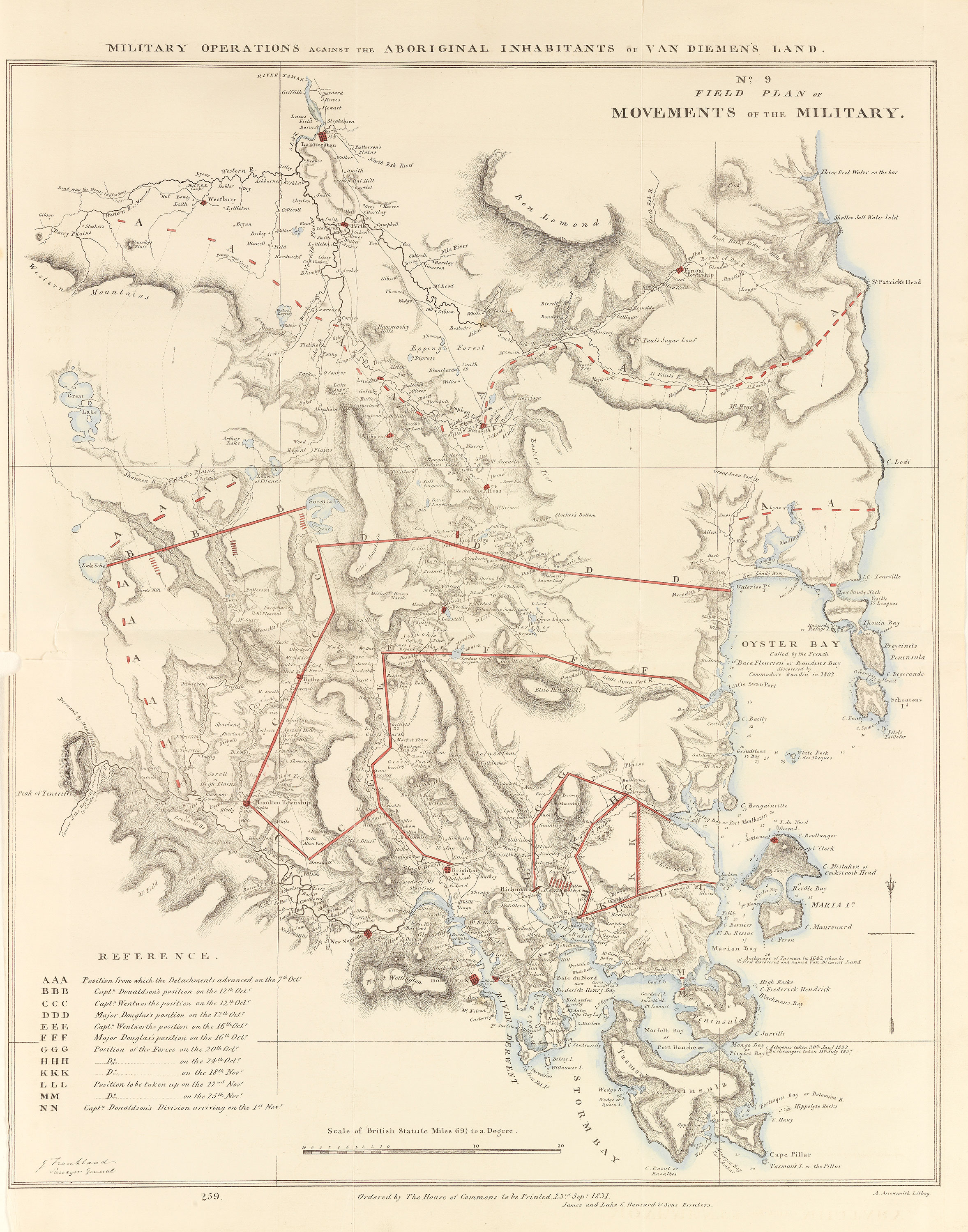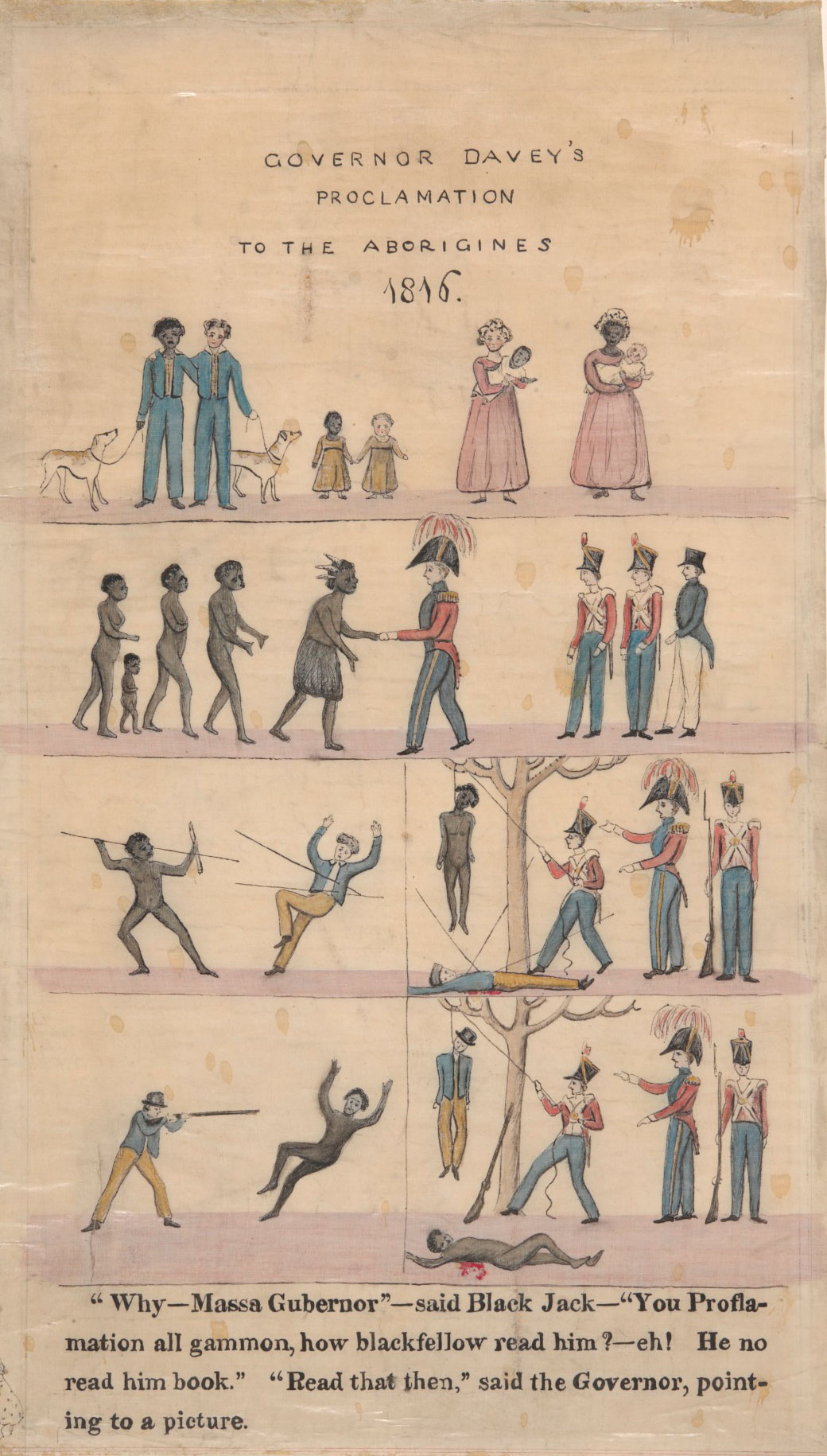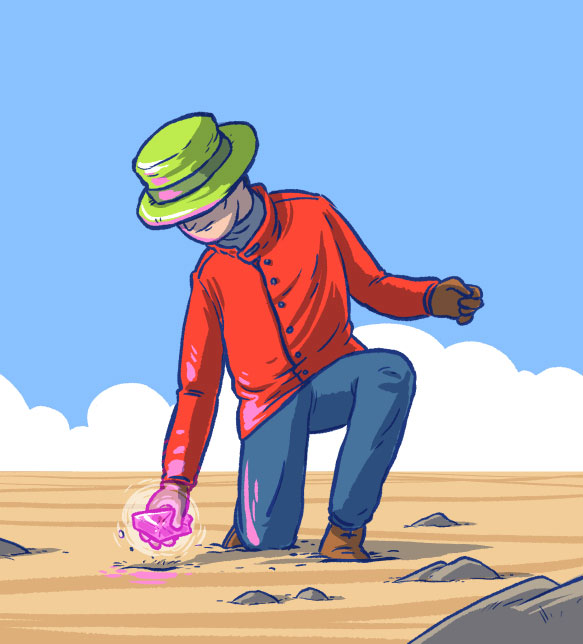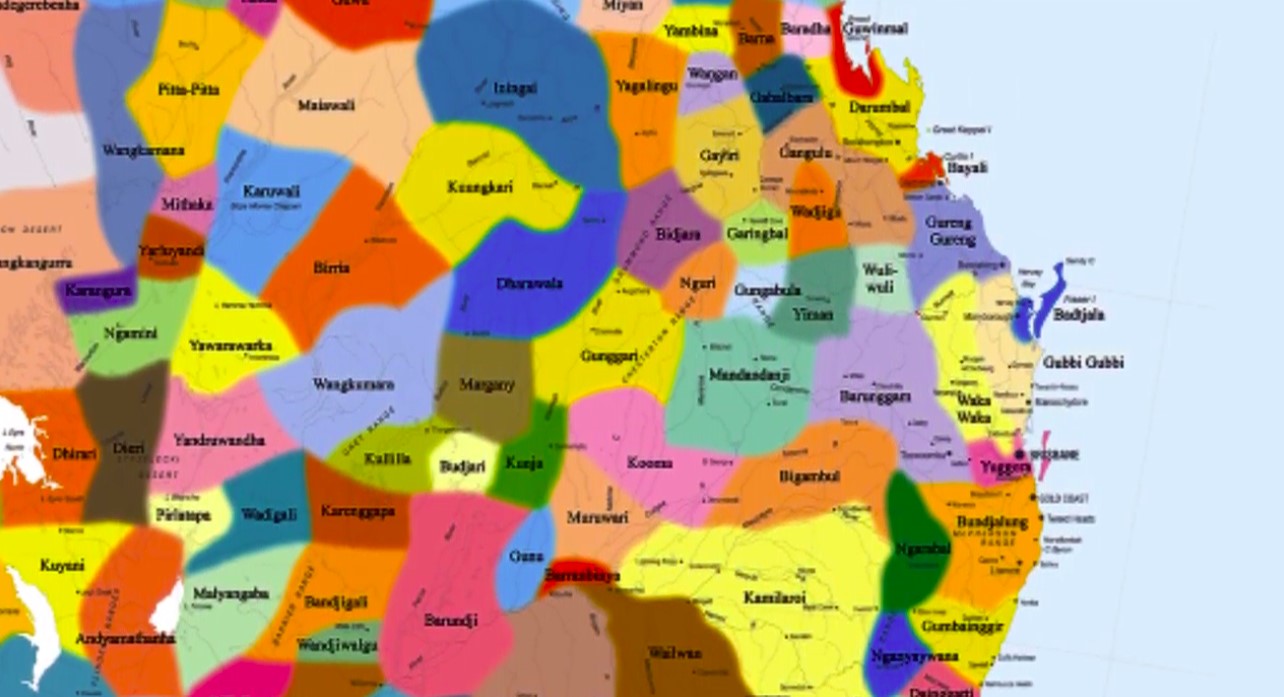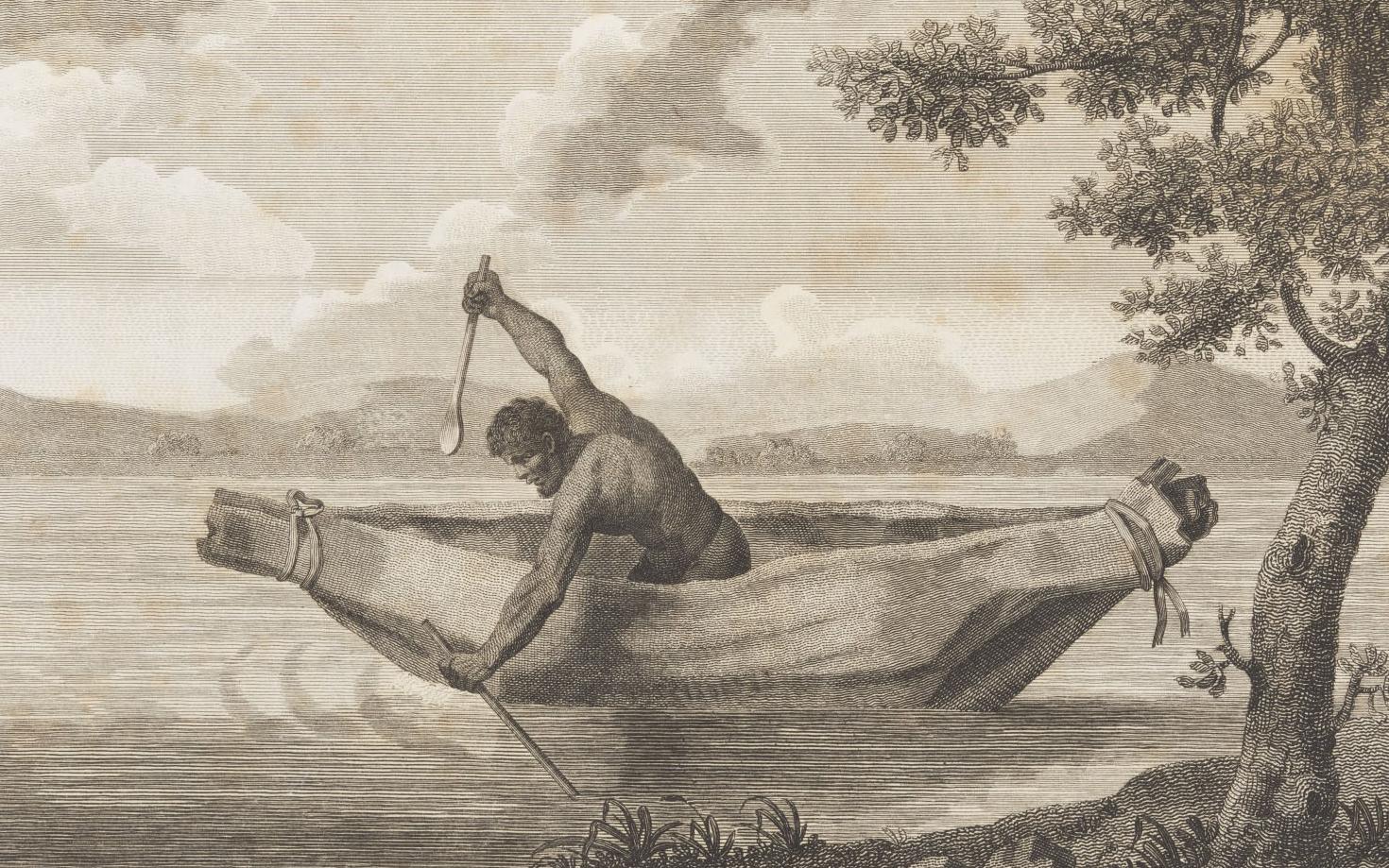Violent dispossession in Tasmania
1830: The ‘Black Line’ — settler force attempts to corral Aboriginal people onto the Tasman Peninsula
Violent dispossession in Tasmania
1830: The ‘Black Line’ — settler force attempts to corral Aboriginal people onto the Tasman Peninsula
WARNING: This page contains some difficult and potentially distressing content.
In a snapshot
Relations between Tasmania’s Aboriginal people and European colonisers were hostile from the first recorded contact. By 1830 a virtual state of war existed. The British Lieutenant-Governor responded by creating the ‘Black Line’, a military campaign involving a human chain designed to move all remaining Aboriginal Tasmanians to the Tasman Peninsula. While the campaign did not succeed at first, the devastating effect of colonisation on Aboriginal Tasmanians ultimately allowed Europeans to take control of the region.
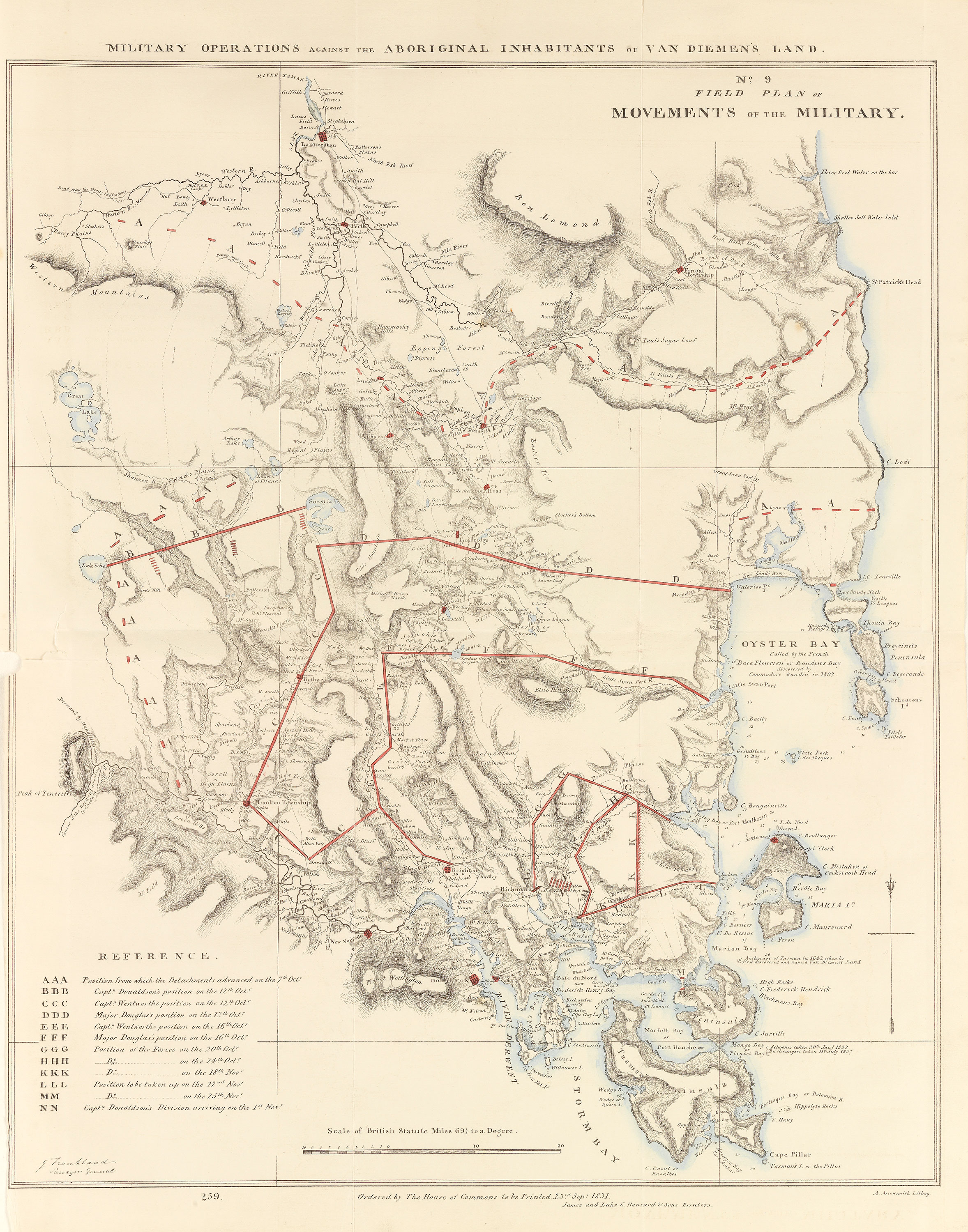
 Can you find out?
Can you find out?
1. How long after Europeans arrived in 1788 did the Black Line begin?
2. About how many colonists joined in the Black Line? Did they outnumber the remaining Aboriginal people at this time?
3. How did Governor Arthur justify the use of the Black Line?
What was life like in Tasmania before European colonisation?
Around 40,000 years ago the original Tasmanians settled the island they called Trowunna by migrating from mainland Australia on a land bridge. This land bridge later permanently flooded, cutting them off from the mainland and creating what is now called the Bass Strait.
There were up to 15,000 Aboriginal people living in nine nations in Tasmania when the First Fleet arrived in Sydney in 1788. They lived off the island’s many resources, especially its great hunting grounds and fresh waters.
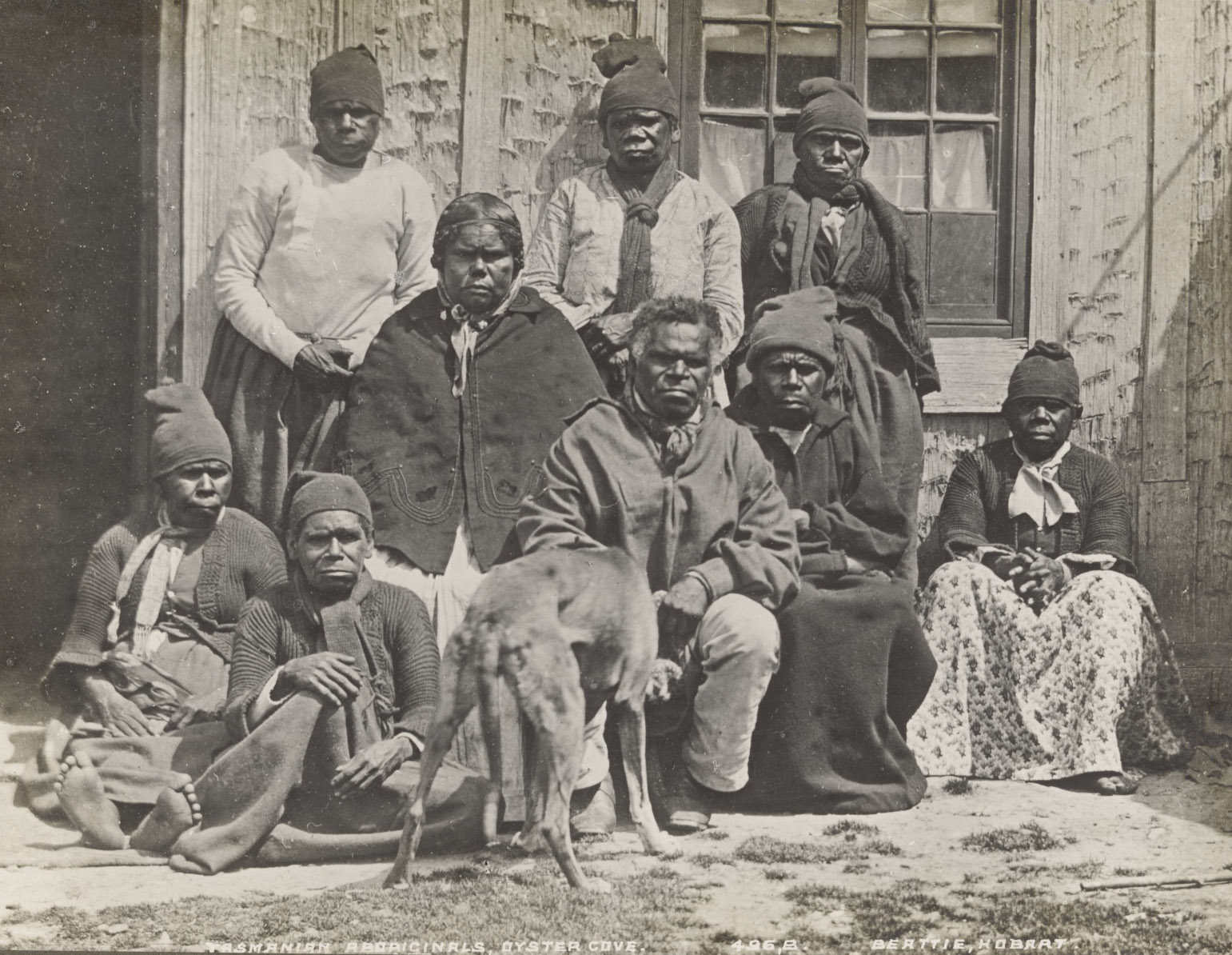
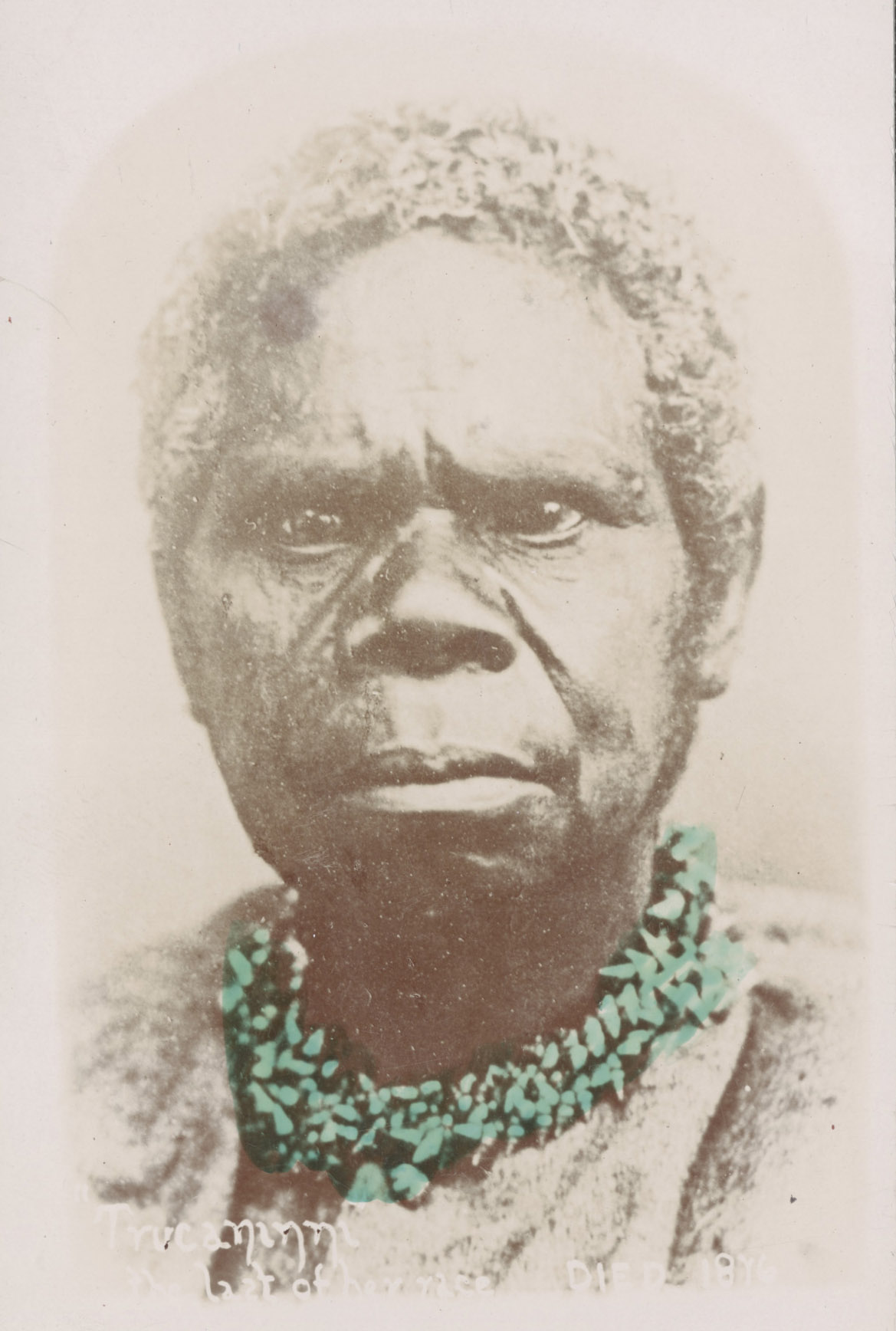
When did the British come into contact with Tasmania?
British colonists and convicts arrived in Tasmania in the early 1800s. At first there were fewer than 3000 Europeans living in Tasmania. They were mostly military personnel and convicts, along with a small number of free settlers. But by 1830 this number had increased to about 23,500.
Nearly one million sheep had been moved into good grazing land, which destroyed the local environment and many food and water sources used by Aboriginal people. Aboriginal people also suffered as a result of introduced European diseases and violence from the colonists. By 1818 the number of Aboriginal Tasmanians had dropped to less than 2000.
As the British population grew conflict with the Aboriginal Tasmanian population increased. Many Aboriginal women and children were kidnapped, and in about 1824 the violent Black War began as colonists drove Tasmanian Aboriginal groups from their lands, murdering many in the process. In response Aboriginal people attacked and killed colonists, sometimes using guerrilla warfare tactics to defend themselves.
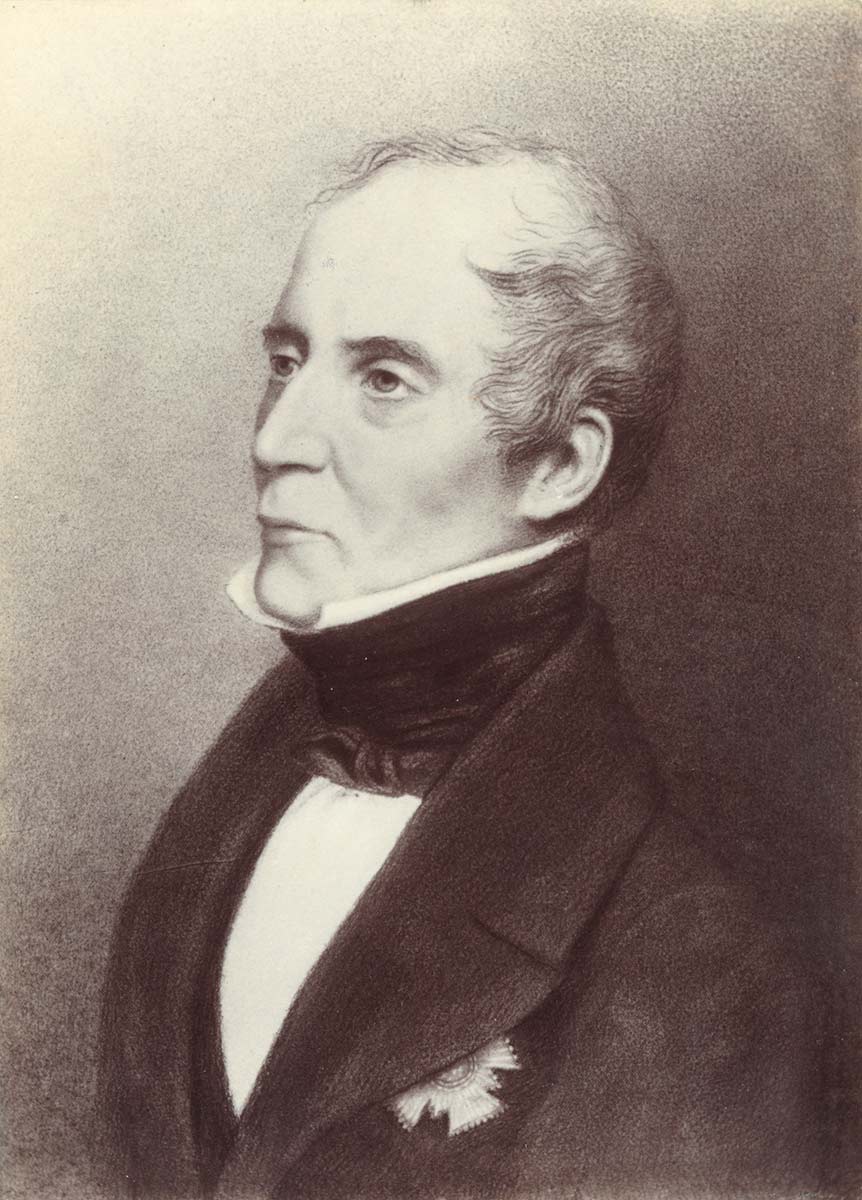
What was the Black Line?
Soon after becoming Lieutenant Governor of Tasmania in 1824, George Arthur made it a crime to resist British colonisation. He allowed soldiers and police to raid Aboriginal camps and take prisoners for almost any reason. As the fighting and resistance continued, Arthur suspended ordinary law and declared martial law, which led to Aboriginal people being considered ‘open enemies’ of the colony. This gave Aboriginal people few protections, even though the famous Arthur’s ‘Proclamation to the Aborigines’ seemed to promise a fairer approach.
Governor Arthur then used the ‘Black Line’ to try to force the remaining Aboriginal Tasmanians onto the Tasman Peninsula. On 7 October 1830 2200 free settlers, military, police and convicts formed a human chain and moved across the Tasmanian landscape to remove the remaining Aboriginal people. It was the largest force ever brought together against Aboriginal people anywhere in Australia, and made up of about 10 per cent of the European Tasmanian population.
The Black Line did not successfully achieve its goal of capturing the remaining Aboriginal Tasmanians right away. Only two Aboriginal people were reported as captured. But the campaign did frighten many Aboriginal people, who later surrendered to the colonists. Around 200 Aboriginal Tasmanians were removed to Flinders Island in Bass Strait, where many died from the extremely poor living conditions.
Although a huge number of Aboriginal Tasmanians died up to and during the Black War, today many thousands of people in Tasmania identify as Indigenous (according to the 2016 census). Many keep up their traditional culture, traditions and language, and practise traditional skills such as basket weaving, necklace making and mutton birding.
Read a longer version of this Defining Moment on the National Museum of Australia’s website.
Research task
What were the main events and conflicts that took place during the Black War? Who were some of the main Aboriginal and European leaders involved in the war? About how many people (Aboriginal and European) died during the war?
 What did you learn?
What did you learn?
1. How long after Europeans arrived in 1788 did the Black Line begin?
2. About how many colonists joined in the Black Line? Did they outnumber the remaining Aboriginal people at this time?
3. How did Governor Arthur justify the use of the Black Line?






